MusicRadar Verdict
While high quality in places, some poor design choices and an eye-watering price make it hard to entirely recommend the TX-6.
Pros
- +
Very high build quality.
- +
Sounds excellent.
- +
Highly portable.
Cons
- -
Cramped interface is unpleasant to use.
- -
Placement of inputs means many common leads can’t be used side-by-side.
- -
That price.
MusicRadar's got your back
Teenage Engineering TX-6 mixer: What is it?
Teenage Engineering has long been known for its bold choices. For better and worse, one of the more eyebrow-raising aspects of its output tends to be the price point of their products, ranging from the satisfyingly cheap Pocket Operators to the latest iteration of the OP-1, which has jumped from the original’s £799 to an eye-watering £2k.
The portable, rechargeable TX-6 mixer sits alongside that latest OP-1, being the first two products in TE’s new ‘Field’ range, so it’s perhaps unsurprising that it lands at an equally high-end price point of £1200. At first glance, that sort of price tag appears downright alarming for a piece of music-making hardware that is small enough to fit into the palm of your hand, especially considering that compact mixers over £200 are generally seen as top-end. There is, however, considerably more to the TX-6 than meets the eye and there is some justification for why it costs so much.
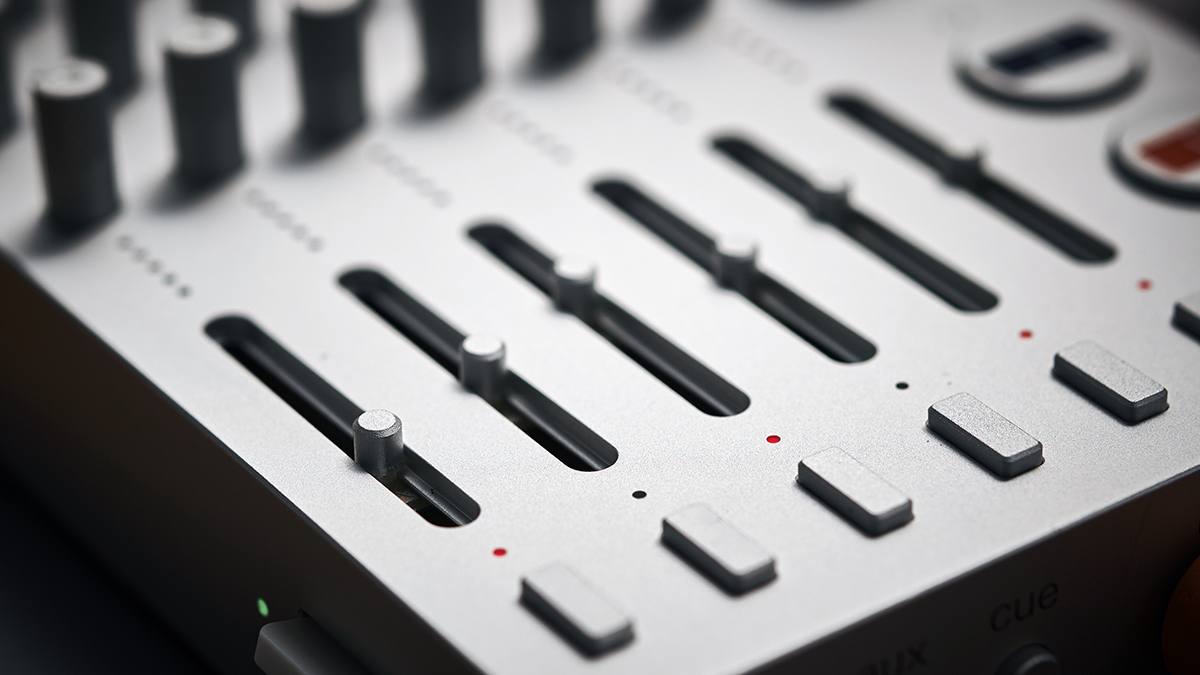
For one thing, it looks and feels great; the unit itself is sleek and incredibly rugged, with components that respond smoothly under the fingers without feeling either delicate or too stiff. From the moment of unboxing it’s obvious that the TX-6 is – in terms of its build quality – a seriously high-quality bit of kit.
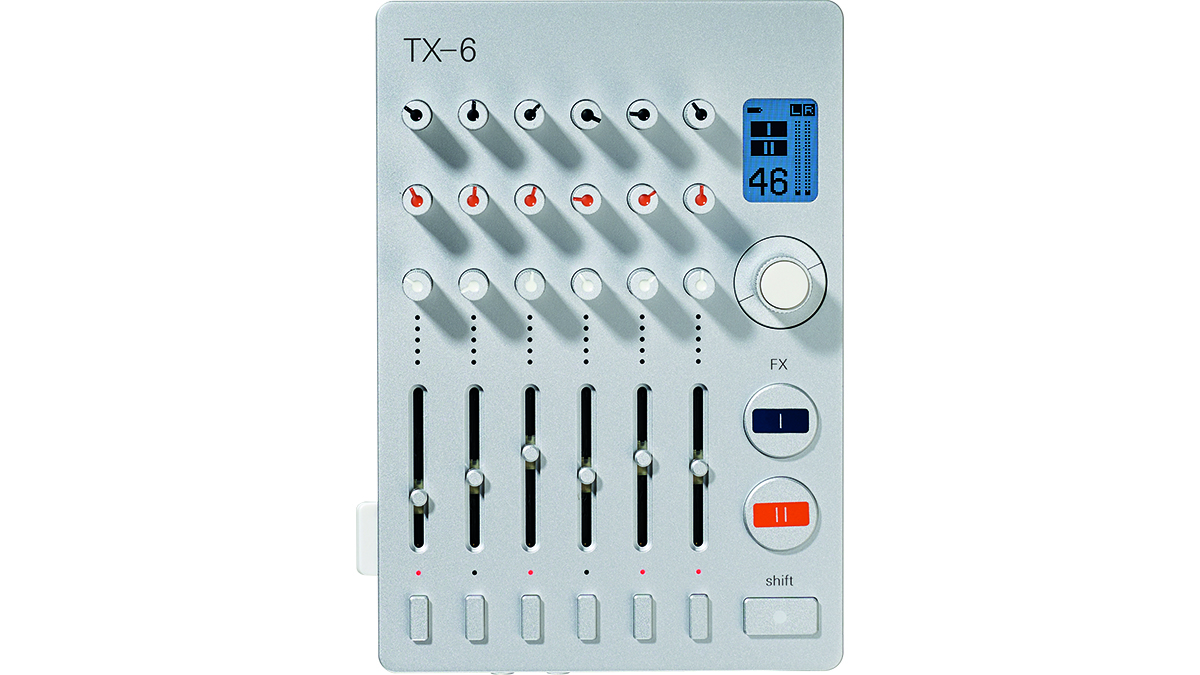
The TX-6 can function in a variety of ways too, making it far more flexible than a straightforward 6-channel mixer. On the mixer front, the TX-6’s six inputs – all line level – are each stereo and can be used in mono, stereo or split modes, the latter allowing two mono inputs to be summed to each channel. There are three analogue outputs: a quarter-inch main out, plus mini-jack cue and auxiliary outputs that can be used for headphones, creating an effect loop or even hooking up a headset mic. What’s more, there’s a USB connection that allows the TX-6 to act as an audio interface with up to 12 inputs or 12 outputs (although not at the same time, and currently not for Windows). It can act as a Bluetooth MIDI interface too, both sending and receiving MIDI data, allowing it to act as an adapter or handy little controller.
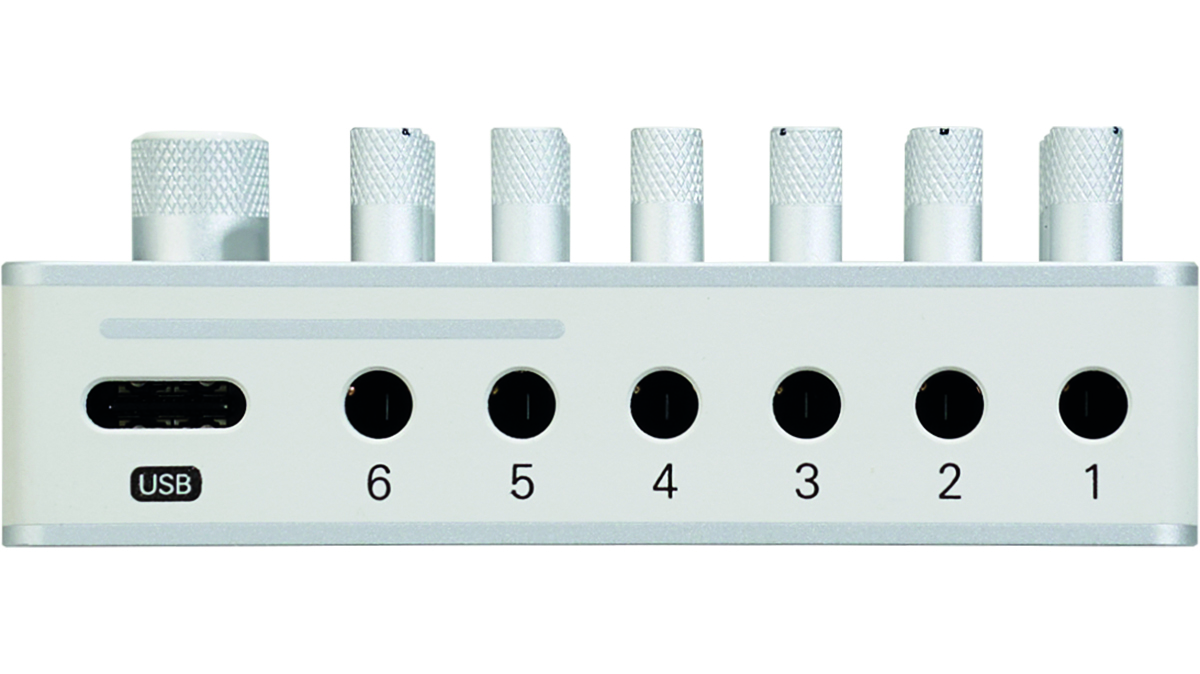
Teenage Engineering TX-6 mixer: Performance and verdict
This digital mixer offers a lot under-the-hood too. There are channel effects, with a three-band EQ, a compressor, bi-directional filter and a gain control. These are joined by a pair of master effects, one set up as a send, the second as an insert that can either be placed on one mixer channel or the master output. Each offers several effect types, with slot one offering variations on chorus, reverb and delay, then slot 2 crush/distortion, virtual tape effects, filtering and tremolo.
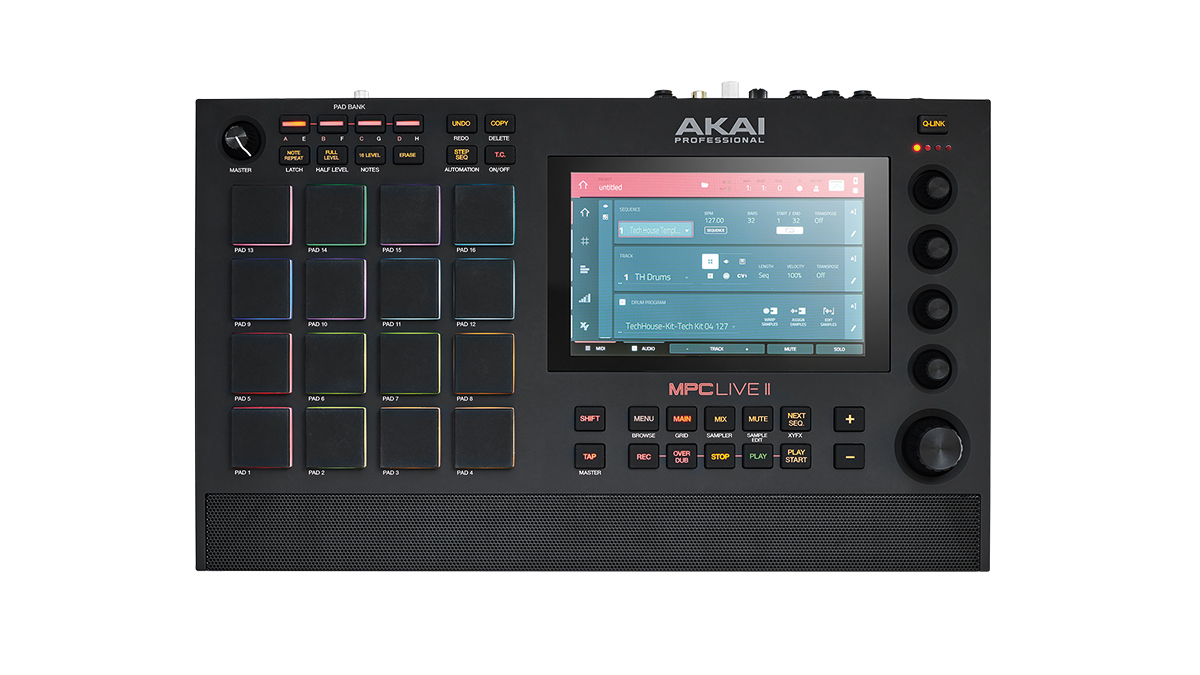
• Akai MPC Live 2
If you set aside the size factor, Akai’s beatmaker offers better connectivity, a similar level of wireless portability, and full DAW-level features – at a cheaper price.
• Sound Devices MixPre-6 II
A pro-level mixer, interface and recorder beloved by the film and TV industry. Similarly-priced but with 32-bit float recording and quality mic pres.
• Allen and Heath ZEDi-10FX
If you can live with the extra size and lack of battery, Allen and Heath’s compact mixer is great, with quality preamps and effects for the price.
A simple instrument tuner is a nice addition for a portable bit of gear like this too. There’s even a basic drum machine and synth engine onboard, that can generate kick, snare, clap, hi-hat and basic sine, square, saw or triangle tones, all based around preset patterns. It’s fun, but nothing to write home about.
Sticking to the positives, it sounds fantastic – the digital effects are top class and the way each channel distorts as you push the gain and compressor is a genuine cut above. Unfortunately, there are some fairly major issues too, most of which come as a byproduct of the mixer’s size.
Want all the hottest music and gear news, reviews, deals, features and more, direct to your inbox? Sign up here.
The TX-6 is small. It literally fits into the palm of your hand, and it’s fairly amazing that Teenage Engineering have fit so much functionality into such a small package. However, this has the effect of making the mixer feel incredibly cramped, resulting in a confusing and rarely enjoyable user experience. While the quality components are responsive, given the lack of UI real estate, many features share buttons for navigation, meaning that numerous, poorly-labelled button combinations are required to access most features.

Most troubling of all is the placement of the inputs. The ports are placed incredibly close together, to the point that many standard mini-jack leads simply won’t fit side by side. We have a variety of leads in our studio, including stereo splitters, mini-to-full-sized jack leads, modular patch cables and basic stereo ‘aux leads’, and we struggled to use all six inputs simultaneously (for the purpose of our photoshoot we dug out patch leads previously supplied with the PO modular range). This would be more tolerable if the TX-6 shipped with custom leads or adapters, but it doesn’t; you can buy custom leads from Teenage Engineering, but a set of six will cost you upwards for £60, before you even consider multiple stereo/mono/splitter combinations. Frankly it’s just bad design, as if nobody considered how the TX-6 might actually be used.
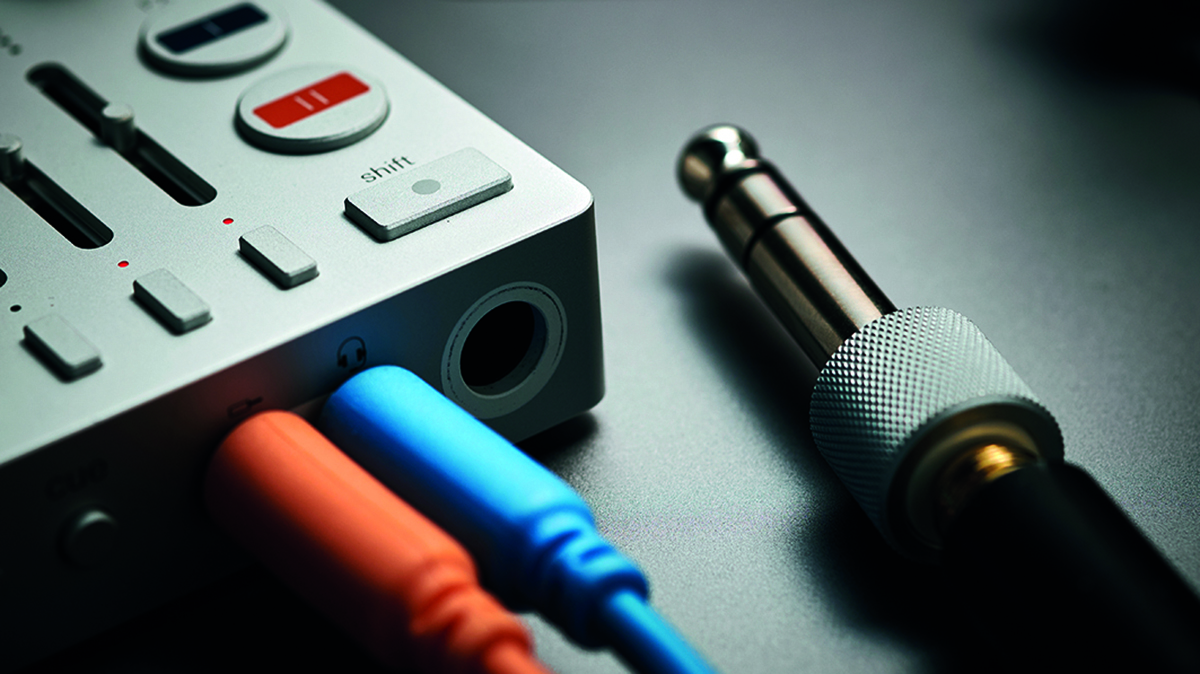
Combined with the lack of musician-friendly features like any preamps or instrument/mic inputs – common on mixers a fraction of the price – it makes the TX-6 feel like something that has been created as a piece of sleek design rather than a practical tool for musicians. Then there’s the price. Sure, the build and sound are excellent, but does anyone need a mini mixer that costs more than an MPC Live or MacBook Air?
The TX-6 is obviously very portable, but we struggle to envision situations where it’d be worth sacrificing the saving and usability of something twice the size and a quarter of the price. You can fit it in your pocket, sure, but are there really musicians out there serious enough about their craft to spend £1200 on a mixer but not carry a backpack?
On the upside, Teenage Engineering has already released a significant firmware update, which has addressed some of our initial concerns about the TX-6 (eagle-eyed readers may have spotted some differences between this review and the one previously published in the current print issue of Future Music).
The most significant change is the ability to record directly from the TX-6 to a portable USB-C flash drive. Obviously, the need to use an additional peripheral is still less convenient than the on-the-go recording offered by many – cheaper – field recorders, but it's a step in the right direction that makes the TX-6 instantly more useful.
The update also rectifies the initially inconvenient way that the channel rotaries functioned – meaning it's now possible to switch between modes without altering previously set EQ or synth settings. TE has also added the ability to play the onboard synth chromatically from a Bluetooth MIDI device, which expands the flexibility there too.
Unfortunately, no firmware update can address our primary concern around the placement of the inputs – although, as mentioned, this could be counteracted by bundling a set of adapters with the mixer. It still makes it hard to really recommend the TX-6, given the price, but perhaps it's a sign that we shouldn't write it off entirely just yet.
MusicRadar verdict: While high quality in places, some poor design choices and an eye-watering price make it hard to entirely recommend the TX-6.
Teenage Engineering TX-6 mixer: Hands-on demos
teenage engineering
Jay Gilligan
loopop
Free Beat
Teenage Engineering TX-6 mixer: Specifications
- KEY FEATURES 6-channel stereo mixer with built-in equalizer, filters, compressor, aux send, cue and digital effects. Can be used as an up-to 12 input or 12 output USB-C audio interface.
- CONTACT: Teenage Engineering
I'm the Managing Editor of Music Technology at MusicRadar and former Editor-in-Chief of Future Music, Computer Music and Electronic Musician. I've been messing around with music tech in various forms for over two decades. I've also spent the last 10 years forgetting how to play guitar. Find me in the chillout room at raves complaining that it's past my bedtime.
